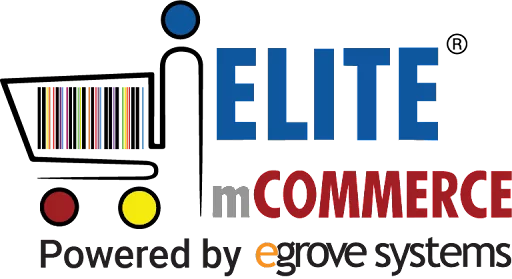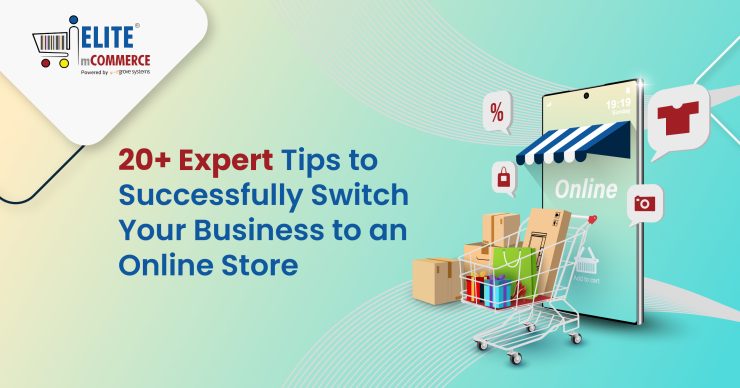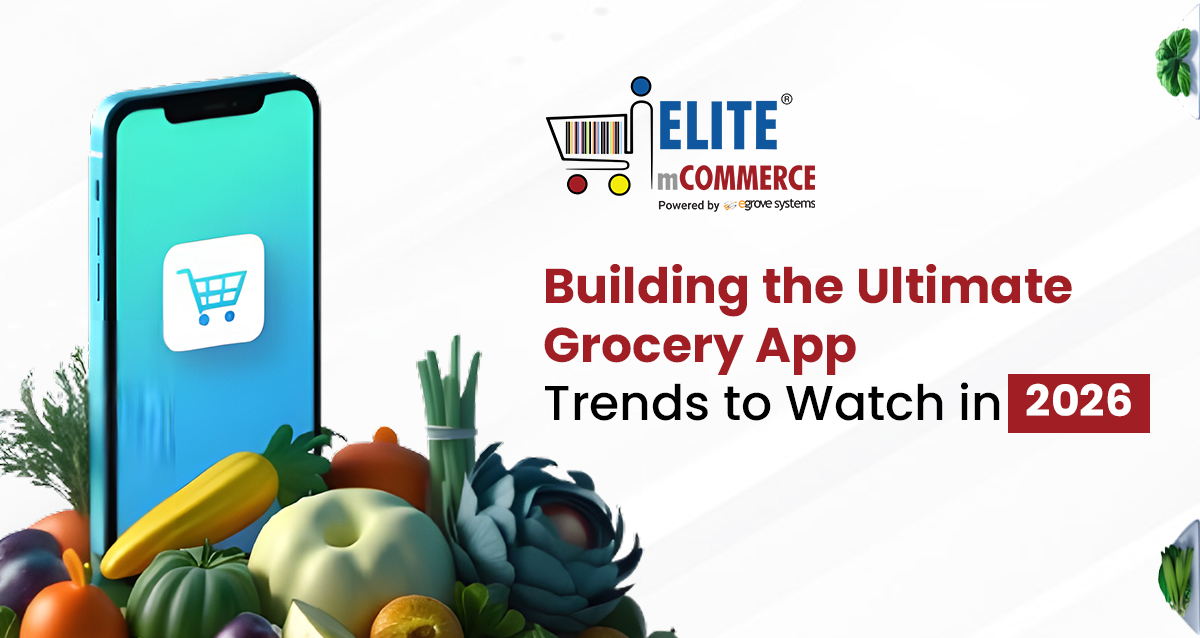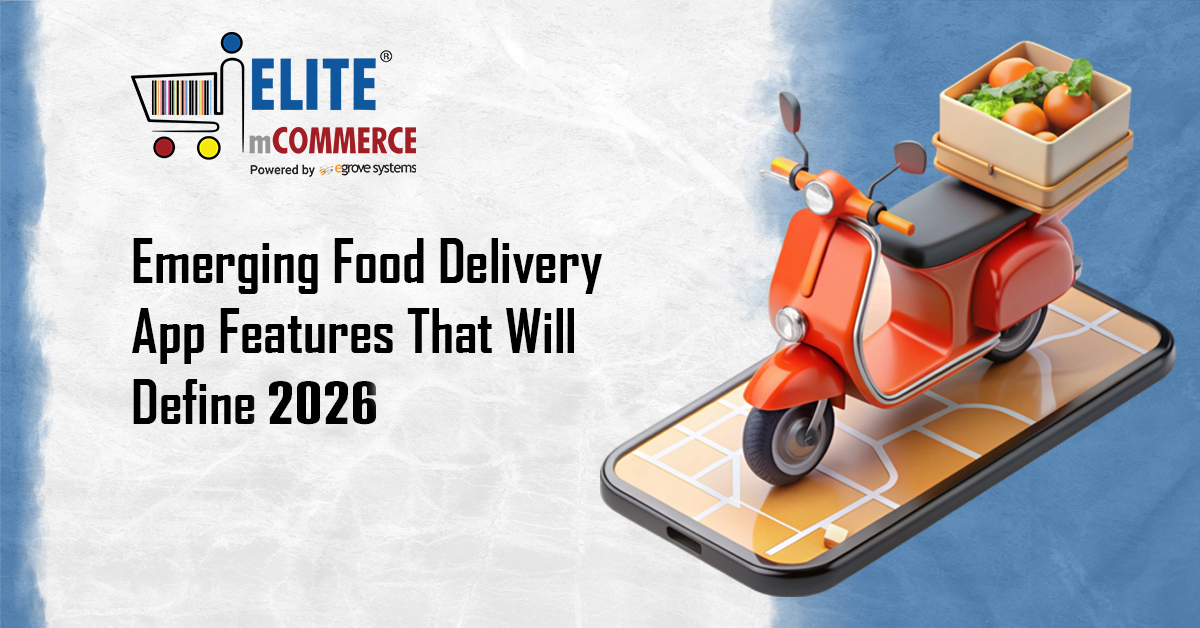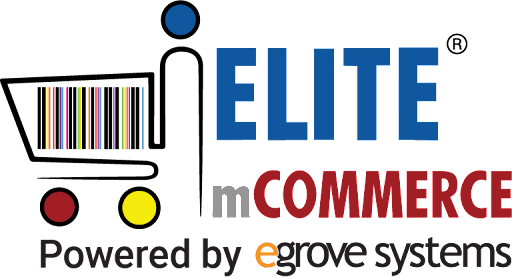Introduction
The retail landscape has undergone significant changes. Having a digital presence is no longer a luxury; it’s a must. People today enjoy shopping, comparing, and browsing from the comfort of their homes. Businesses with physical stores can reach a wider audience, generate more revenue, and remain competitive by expanding their online presence. Now is the best time to make the jump, whether you own a hardware store, a restaurant, or a boutique. This guide provides detailed advice on how to transition your brick-and-mortar store into a successful online presence without compromising your brand identity or customer trust.
Why Go Online Now?
Following the pandemic, people have undergone significant changes in their shopping habits, with a notable shift toward online shopping. People now demand ease of use, speedy shipping, and the ability to make payments without any physical interaction. This shift towards prioritizing digital first is no longer a passing trend; it has become the new norm. Moving your business online allows you to work 24/7 without geographical limitations. You can also collect data to make your customers’ experiences more personalized and reach them far beyond your current reach. The best place to grow is online commerce because it is scalable, efficient, and has better marketing tools.
Check out your business right now
Please carefully review your current business model before beginning to sell online. Examine your products, prices, customers, and the challenges you encounter in operating your business. Discover the most popular products, review your inventory, and understand how customers shop. This self-assessment will help you identify which aspects of your in-store model can be applied to your online store and what needs to be adjusted or improved.
The Future of Business: How Enterprise Applications Lead the Way
Pick the Best Model for Your Online Business
There are numerous types of businesses, and various online business models exist. You can choose from several models, including Direct-to-Consumer (DTC), subscription-based, dropshipping, or a multi-vendor marketplace, depending on what you want to achieve and your budget. DTC gives you full control if you sell genuine items. If you want to minimize risk with your inventory, dropshipping may be the best option. The model you choose affects everything from how your website looks to how you handle logistics and marketing.
Choose the Best eCommerce Platform
Selecting the right eCommerce platform is crucial for your online success. If you want to focus on mobile, consider platforms like Elite mCommerce (EMC). EMC develops mobile apps for both Android and iOS, specifically designed for retail businesses. These platforms typically come with built-in templates, SEO tools, and payment gateway integrations, making it easier to get started quickly and effectively.
Put money into branding and design
Your online presence should align with your brand in real life. Keep your tone of voice, logos, fonts, and color schemes the same. Such consistency helps people get to know and trust you. Put clean and easy-to-use layouts at the top of your list. Every design choice should be based on how the user will experience it. If your website is messy or takes a long time to load, you could lose customers. Invest in a professional’s design or utilize templates optimized for conversion.
Create a website or app that functions optimally on mobile devices
More than 70% of people who shop online do so on their phones. Your website needs to be mobile-friendly, meaning it should function properly on all screen sizes without any issues. Use clear pictures, easy-to-use menus, and pages that load quickly. With EMC’s drag-and-drop mobile builder, you can easily and quickly create a mobile app without having to know how to code.
Set up safe payment gateways
To gain your customers’ trust, ensure that you offer safe and flexible payment options. You can use gateways like PayPal, Stripe, and Razorpay. You can also let people pay with cards, wallets, and even services that allow them to buy now and pay later. Ensure that all payment forms are easy to fill out and encrypted with SSL, especially when accessed on mobile devices.
Offer customers multiple shipping and delivery options for their orders
Today’s customers want to have the option to choose how they receive their orders. Offer curbside pickup, local delivery, and standard shipping. Use tools that allow customers to set up delivery times, calculate shipping costs in real-time, and receive updates. Geofencing and time slots are two features that can help you with your logistics and make your customers happier.
Connect to Your POS System
To make it easier to manage your inventory, sales, and customer data, your online store and point-of-sale (POS) system need to work together. This ensures that all channels receive updates in real-time, which reduces the risk of mistakes or overselling. Many modern platforms, such as EMC, integrate with popular POS systems, making it easy to manage multiple channels simultaneously.
Make and improve product listings
Effective product listings have a significant impact on online sales. Include detailed descriptions with numerous keywords, as well as several high-resolution photos and videos. Include details such as sizes, colors, and variants that help customers feel confident about their purchases. Don’t forget to use meta titles and alt tags for SEO.
Follow the best practices for SEO
SEO helps your online store appear in search results, driving organic traffic without the need for paid ads. Optimize product titles, URLs, image descriptions, and metadata using target keywords. Create supporting blog content around your niche and utilize internal links to direct users to other relevant products or categories. Consider using schema markup to enhance your site’s appearance in search engine results.
Use social media marketing to your advantage.
Instagram, Facebook, TikTok, and Pinterest are all excellent and affordable ways to reach your target audience. Talk about new products, customer reviews, behind-the-scenes stories, and how-to guides. Utilize paid ads, influencer partnerships, and relevant hashtags to increase the visibility of your posts. Social Media proof can significantly influence what people decide to buy.
Utilize email marketing to keep people engaged with you
Email marketing remains one of the most effective ways for online businesses to generate revenue. Set up automated workflows for welcome emails, reminders for people who leave their carts, and product suggestions. Klaviyo, Omnisend, and Mailchimp are tools that help you make lovely emails and track your campaigns.
Please establish analytics and closely monitor the numbers
You need to know who your customers are and how they use your store to grow your business. Using Google Analytics, heatmaps, and your platform’s dashboard, you can monitor crucial metrics such as bounce rates, conversion rates, average order value, and customer lifetime value (CLTV). These insights will help you plan your marketing and product strategies.
Add tools for helping customers
In a crowded market, excellent customer service can help you stand out. Help people through live chat, email, and instant messaging apps, such as WhatsApp. Use chatbots to get quick answers, and consider setting up a help center with frequently asked questions to reduce the number of support tickets. EMC utilizes various communication tools to enhance your customer service.
Use automation to get things done faster
Automation allows you more time to focus on essential tasks. Automate tasks that you do over and over, like sending out order confirmations, invoices, shipping notifications, and collecting feedback. Many e-commerce platforms have built-in automation tools or integrate with third-party tools like Zapier to enhance their functionality.
Concentrate on the Customer Experience
Make the shopping process as simple as possible. Give personalized suggestions, one-click checkouts, straightforward navigation, and simple return policies. Use information about your customers to make informed choices about which products to offer and how to market them effectively. A smooth experience makes customers happier and more likely to make repeat purchases.
Promote your launch to attract visitors to your site
Promotions are a powerful way to attract visitors to your site and encourage them to make a purchase. Try discounts that only last for a limited time, free shipping on orders over a certain amount, or bundle deals. To prompt people to act immediately, use banners, pop-ups, and countdown clocks to create a sense of urgency. To reach the widest audience, share these deals on social media and in email campaigns.
Keep track of your stock across all channels
Multi-channel inventory management makes sure you don’t sell too much or too little. Utilize tools that track your inventory in real-time across both your physical and online stores. The process also helps you better predict demand and manage changes in demand that occur at different times of the year.
Ask Customers to Write Reviews
When shopping online, social proof is essential. Send follow-up emails to request reviews, and then showcase them on product pages. You can use tools to build the built-in review systems on your platform to get and manage feedback. Genuine reviews make a business more trustworthy and can help people make informed decisions about what to buy.
Stay current and continue to grow
Technology and customers’ wants change quickly. Select platforms that receive regular updates, have infrastructure that can scale with your needs, and can integrate with new tools as needed. EMC’s solutions adapt to your business growth, regardless of the addition of new products, markets, or sales channels.
Things You Shouldn’t Do
Several issues can arise when transitioning to e-commerce. Don’t start your business without testing on mobile devices, ignoring SEO, using low-quality images, or failing to provide excellent customer service. Don’t assume that people will automatically find your site; invest in marketing. You can avoid these problems and build a strong foundation by planning your transition well.
Here’s why Elite mCommerce is the best choice for businesses looking to go online
For businesses ready to go digital, Elite mCommerce offers a comprehensive mobile app solution. EMC simplifies the digital transformation process by providing ready-made e-commerce apps for iOS and Android, support for multi-vendor marketplaces, and seamless integration with payment gateways and point-of-sale (POS) systems. EMC is a robust platform for any business seeking to make a lasting online impression, as it provides customizable designs, push notifications, and features for recovering abandoned carts.
Conclusion
Retail is going digital, and switching from in-store to online is a necessity, not a trend. Your e-commerce business can thrive in a competitive market if you plan ahead, utilize the right tools, and prioritize the customer. Elite mCommerce and other platforms give you everything you need to start, grow, and succeed in your digital journey.
Ready to go digital?
Get a free demo at www.elitemcommerce.com and start building your online success today.
